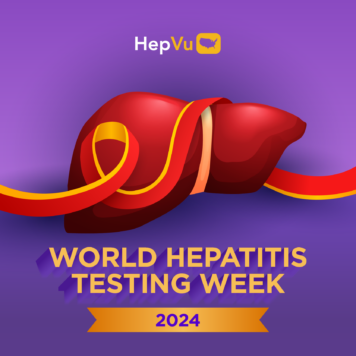Selected and summarized by Ronald O. Valdiserri, MD, MPH, Professor, Department of Epidemiology, Rollins School of Public Health, Emory University, and Co-Chair of HepVu
Dr. Valdiserri reviews significant articles on prevention, public health, and policy advances in viral hepatitis. This month, he highlights “Hepatitis A Outbreaks Associated with the Opioid Epidemic In Kentucky Counties, 2017-2018,” authored by DuPre N, Blair L, Moyer S, Cook F, Little B, and Howard J. Published in the American Journal of Public Health, September 2020, vol. 110(9): 1332-1339.
What question(s) does this study address?
After the introduction of the Hepatitis A vaccine in 1996, the incidence of reported Hepatitis A infections decreased in the United States. However, multiple outbreaks have been reported since 2016. During 2017, the U.S. Centers for Disease Control and Prevention (CDC) received reports of Hepatitis A outbreaks in several states, including Kentucky, where the majority of reported infections occurred among the homeless and those who reported drug use. This research examines the socioeconomic characteristics of the counties in Kentucky where persons with acute Hepatitis A infection were diagnosed between August 2017 and December 2018 and seeks to determine if there are any characteristics that heavily impacted counties have in common.
What are the major findings of this report/article?
- Between August 2017 and December 2018, 3,353 Hepatitis A cases were reported in 97 of 120 Kentucky counties; 3,349 cases with complete information were included in this analysis.
- Characteristics of reported Hepatitis A cases:
- Median age was 36 years
- 59% were male
- 65% reported illicit drug use
- 9% reported homelessness
- Higher Hepatitis A infection rates tended to occur in eastern Kentucky counties, which is the Appalachian region that is particularly hard hit by the opioid epidemic.
- Compared to Kentucky counties with low rates of reported Hepatitis A, those with the highest rates of Hepatitis A were more impoverished, had higher income inequality and residential instability, and reported a higher percentage of families with single heads of households.
- However, this analysis also suggested that even in counties with high rates of poverty, residential stability, lack of income inequality and lack of single female heads of households appeared to be “protective,” i.e., these counties reported lower rates of Hepatitis A.
What are the implications for the prevention and control of viral hepatitis?
- Previous research has shown that income inequality and residential instability are both associated with higher rates of Hepatitis C and HIV infections, but these associations have not been extensively studied in the context of Hepatitis A infection.
- Because this was an ecological study, one cannot infer causality (that is, cause and effect). However, the findings do underscore the importance of understanding and addressing the social and economic factors, known as social determinants of health, that are associated with the spread of infectious diseases like Hepatitis A.
- Recognizing the county-level socio-economic factors that are associated with increased Hepatitis A incidence may help public health workers in Kentucky and elsewhere to better target Hepatitis A vaccination programs to those communities that are at highest risk.



